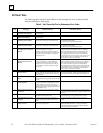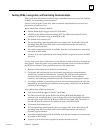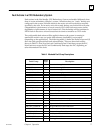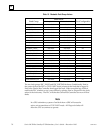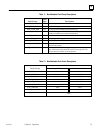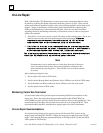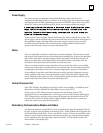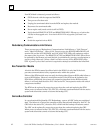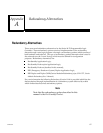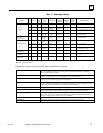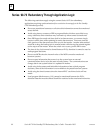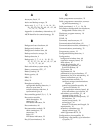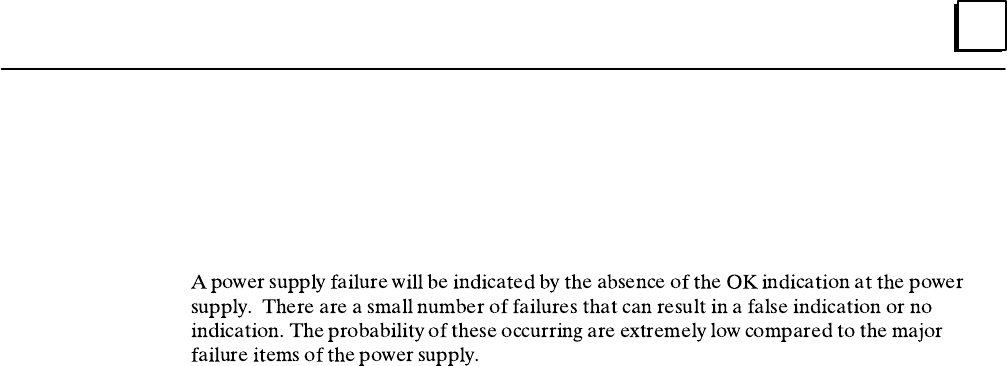
4
81GFK-0827 Chapter 4 Operation
Power Supply
The power supply has adequate internal fault detection which will cause it to
automatically shut down if there is a failure. In an orderly shut down, the power supply
will first assert the ACFAIL signal before it asserts the SYSREST signal. This will give the
active PLC time to notify the backup PLC that it can no longer control the process.
In the event of a power supply failure, the backup CPU takes control of the system. The
power supply can be replaced with power removed from its rack without interruption to
the application being controlled. When the power supply is replaced, power can be
returned to the rack and the CPU will then obtain synchronization with the active
system and either take control or become the backup CPU.
Racks
The only detectable rack failure is bad data across the backplane. This bad data can take
the form of a bad control line as well as a bad data or address line. In most cases bad data
lines will be detected by the data integrity checks associated with the data transfers. If
these occur the system will be faulted and control transferred to the backup unit. An
indication will be given that a data transfer error has occurred.
There is no single indication that a rack failure has occurred. The rack is a very reliable
component in the system and rack failures are extremely rare. A rack failure (other than
a catastrophic rack failure) will only be correctly diagnosed by process of elimination.
In the unlikely event that a rack failure does occur and is correctly diagnosed, the rack
can be replaced with power removed from the system. When the rack is replaced and
power restored to the system, the CPU will then obtain synchronization with the active
system and either take control or become the backup CPU.
Central Processor Unit
If the CPU 780 fails, the OK light on the CPU will be out or blinking. In addition, fault
information will be available in the Fault Table of one or both CPU’s.
In the event of a CPU failure control is transferred to the backup system. CPU
replacement can be accomplished by removing power from the rack and replacing the
CPU. When power is returned to the system, the program can be loaded into the CPU
and the CPU started. It will then obtain synchronization with the active system and
either take control or become the backup CPU.
Redundancy Communications Module and Cables
If a fault is detected in a single RCM or in its terminated I/O cable, the backup RCM will
be used. Control will not transfer to the backup CPU. An RCM fault will be logged in the
PLC Fault Tables of both PLCs. The loss of an RCM is not fatal. If there are expansion racks
within a system, and the cable fault is such that the system can no longer communicate
to the expansion racks, then the fault is fatal and the PLC will be halted. Control will
then transfer to the backup PLC.




